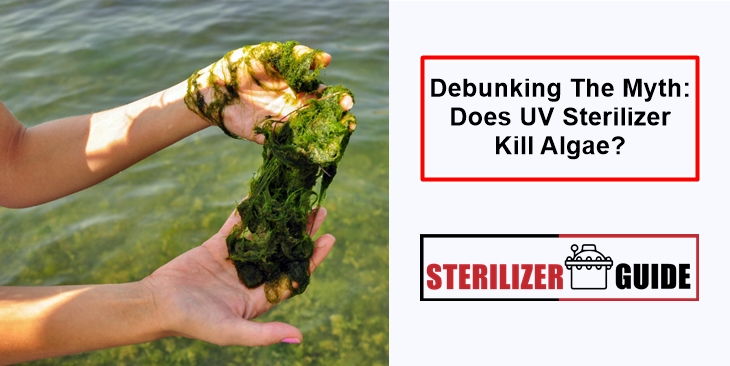If you have an aquarium or a pond, you may have heard of UV sterilizers. These are devices that use ultraviolet light to kill algae, bacteria, and other microorganisms in the water. However, there is a myth circulating that UV sterilizers don’t actually kill algae. Many people believe that they only kill the free-floating algae, leaving the rest to grow unchecked. But is this really true, does UV sterilizer kill algae? Or is it just a myth?
In this post, we will debunk this myth and explore the truth about how UV sterilizers work and their effectiveness in dealing with algae. We will also provide some tips on how to properly maintain your UV sterilizer to ensure that it works as it should. So, if you’re curious about the truth behind UV sterilizers and their ability to kill algae, read on to find out more.
Understanding the growth and control of algae in aquatic environments
Understanding algae growth in aquatic environments is crucial. Algae, photosynthetic organisms, thrive in ponds, aquariums, and swimming pools.
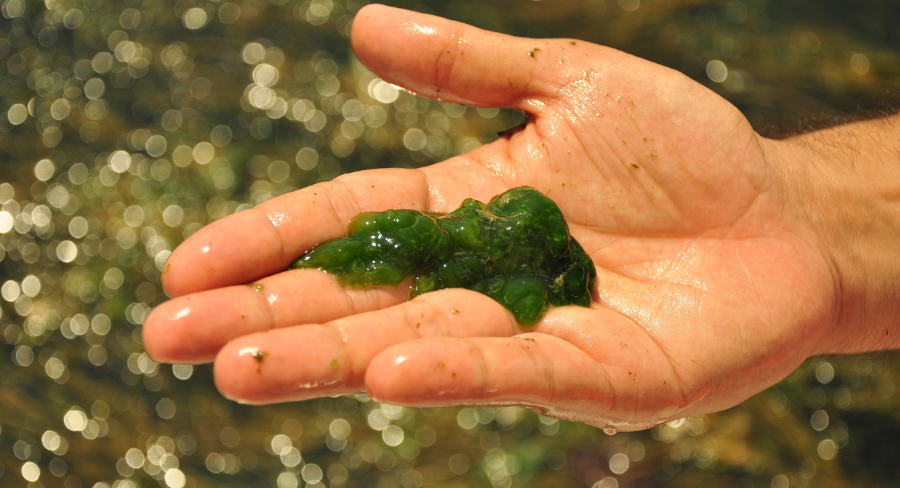
Algae growth depends on sunlight, nutrients, temperature, and pH. To effectively control algae growth, it is important to address the root causes. This involves implementing proper maintenance practices, such as regular water testing, nutrient management, and filtration system maintenance. By maintaining appropriate nutrient levels and ensuring proper water circulation, you can create an environment that is less conducive to algae growth.
Myth surrounding UV sterilizers
Now, let’s address the myth surrounding UV sterilizers.
UV sterilizers are devices that use ultraviolet light to kill or deactivate microorganisms, including algae. While UV sterilizers can be effective at reducing algae populations, their effectiveness depends on several factors.
Firstly, the size and type of UV sterilizer must be suitable for the volume of water being treated. Insufficient exposure to UV light can limit its effectiveness in controlling algae.
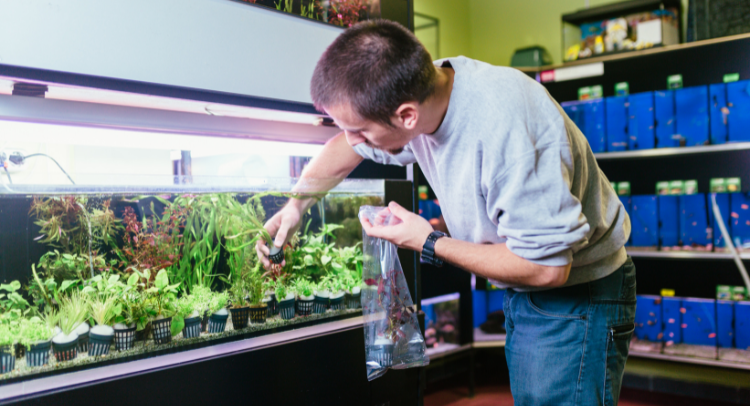
Additionally, the flow rate of water passing through the UV sterilizer should be optimized to ensure sufficient contact time with the algae.
Furthermore, it is important to note that UV sterilizers primarily target free-floating algae, rather than the more stubborn forms of algae that attach to surfaces or form dense mats. These types of algae may require additional control methods, such as manual removal, chemical treatments, or the use of algaecides.
UV sterilizers can play a role in controlling algae growth in aquatic environments, but they are not a standalone solution. By adopting comprehensive strategies, you can effectively manage algae and maintain a clean and balanced aquatic environment.
Exploring how UV sterilizers work
To understand whether a UV sterilizer truly kills algae, it is important to delve into the mechanism of action behind these devices. UV sterilizers work by emitting ultraviolet light at a specific wavelength, typically around 254 nanometers (nm). This wavelength is known to have germicidal properties and is effective in destroying various microorganisms, including algae.
When water containing algae passes through a UV sterilizer, the UV light penetrates the cells of the algae organisms. The DNA and RNA within these cells absorb the UV radiation, causing damage to their genetic material. This damage disrupts the algae’s ability to reproduce and ultimately leads to its demise.
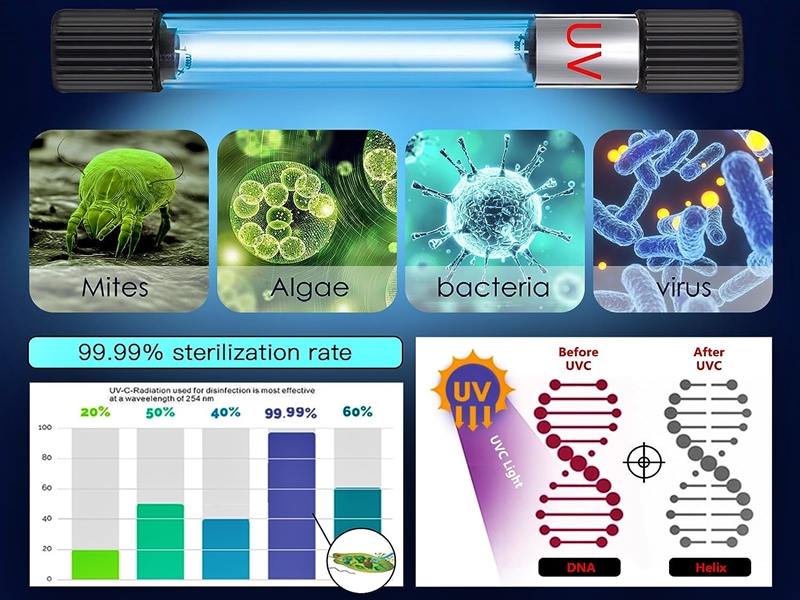
Furthermore, UV light also affects the cell membranes of algae, causing them to become permeable and allowing essential cellular components to leak out. This further weakens the algae and prevents its growth and survival.
It is important to note that the effectiveness of a UV sterilizer in killing algae depends on several factors. The intensity and duration of UV exposure, as well as the flow rate of water passing through the sterilizer, can impact its efficacy. Additionally, the size and type of algae present in the water may also influence the effectiveness of UV treatment.
UV sterilizers are UV-powered heroes, but they’re not the whole story. For tip-top water quality, prevention, and algae control, embrace a full-scale strategy.
Addressing the common misconceptions about UV sterilizers and algae control
UV sterilizers are often touted as a miracle solution for algae control in aquariums and ponds. However, it is important to address the common misconceptions surrounding the effectiveness of UV sterilizers in killing algae.
One common misconception is that a UV sterilizer alone can completely eliminate all types of algae. While UV sterilizers can be effective in controlling certain types of algae, they may not be as effective against others.
For instance, filamentous algae, such as string algae, can be more resistant to UV sterilization. It is crucial to understand that UV sterilizers should be used as part of a comprehensive algae control strategy, which may include proper nutrient balance, regular maintenance, and manual removal of algae.
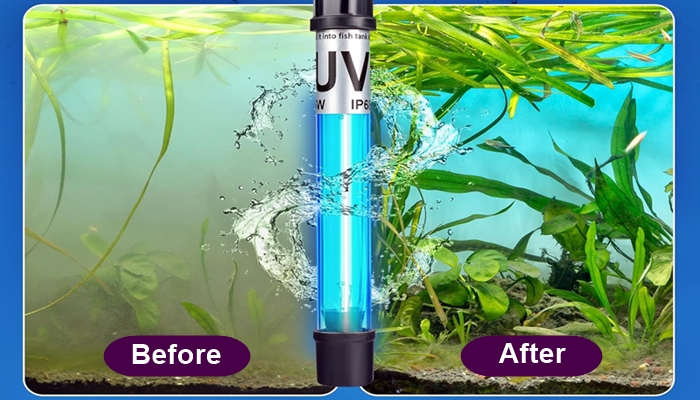
Another misconception is that UV sterilizers can instantly eradicate algae. In reality, UV sterilizers require time to break down algae cells and prevent their growth. The effectiveness of a UV sterilizer depends on various factors, including the flow rate, lamp age, and proper maintenance. It is important to note that UV sterilizers need to be properly sized and maintained to ensure optimal performance.
Additionally, some people mistakenly believe that UV sterilizers can harm beneficial organisms in the aquarium or pond. While UV sterilizers can potentially affect certain microorganisms, they typically have minimal impact on beneficial bacteria and other essential organisms. It is important to strike a balance between algae control and maintaining a healthy ecosystem by using UV sterilizers responsibly.
Overall, UV sterilizers are valuable, but they’re not miracle workers. Know their limitations, combine them with other methods, and make informed choices for your aquatic haven.
You may also read: UV Sterilizer Do’s and Don’ts: What Not to Put in UV Sterilizer
Examining the effectiveness of UV sterilizers in killing algae
UV sterilizers are often celebrated as the algae’s worst nightmare. But do they live up to the hype? Let’s delve into their effectiveness and uncover the truth about UV sterilizers’ algae-fighting powers.
UV sterilizers use ultraviolet light to obliterate algae cells. This light operates at about 254 nanometers, which is like a kryptonite for microorganisms, including algae.
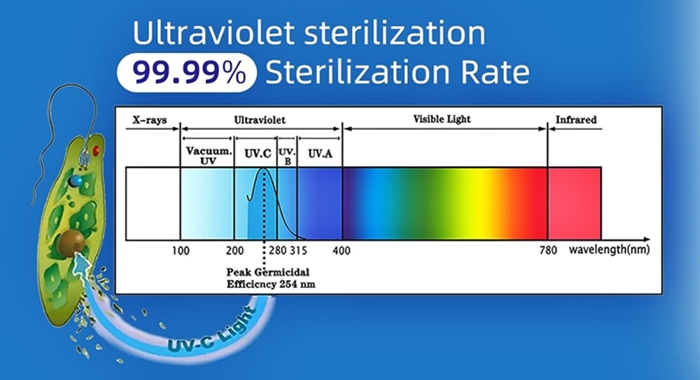
When water containing algae flows through the UV sterilizer, the UV light infiltrates the algae’s cells. It messes with their DNA and RNA, making reproduction impossible and leading to their downfall.
But not all algae are created equal. UV sterilizers are champions at tackling free-floating algae, like green water algae, and some forms of blue-green algae. They might struggle against more resilient types, such as blackbeard algae. The effectiveness of the UV sterilizer hinges on factors like water flow rate, UV intensity, and contact time with algae.
Remember, UV sterilizers aren’t a solo act. For top-tier water quality and algae control, combine them with other strategies, such as regular maintenance and nutrient control.
Factors that can influence the efficiency of UV sterilizers against algae
While UV sterilizers are commonly used in aquariums and water treatment systems to combat algae growth, there are several factors that can influence their efficiency in this regard. It is important to understand these factors to determine whether a UV sterilizer can truly kill algae effectively.
- UV Intensity: Choose a UV sterilizer with a powerful UV bulb to ensure it effectively targets and destroys algae cells.
- Contact Time: Make sure the water flows through the UV sterilizer at a rate that provides sufficient exposure time to UV light.
- Water Quality: Pre-filter the water to remove particles and impurities that can hinder UV sterilizer performance.
- Algae Species: Different algae species vary in their susceptibility to UV light. Understand the types of algae in your water and how they respond to UV treatment.
- Maintenance and Cleaning: Regularly clean and maintain your UV sterilizer to ensure optimal performance. Accumulated debris can reduce its efficiency.
While UV sterilizers can be effective in killing algae, their efficiency can be influenced by factors such as UV intensity, contact time, water quality, algae species, and proper maintenance. Understanding these factors and ensuring the appropriate conditions are met will help maximize the effectiveness of UV sterilizers in combatting algae growth.
Case studies and real-world experiences with UV sterilizers and algae control
When it comes to the effectiveness of UV sterilizers in controlling algae, it’s valuable to consider real-world experiences and case studies. Numerous aquarium enthusiasts and pond owners have shared their experiences with UV sterilizers and their impact on algae control. These firsthand accounts provide valuable insights into the actual effectiveness of UV sterilizers when it comes to combating algae growth.
One case study involved a large outdoor pond that was constantly plagued by excessive algae growth. The pond owner decided to install a UV sterilizer to address the issue. Over time, they noticed a significant reduction in algae blooms and a marked improvement in water clarity. The UV sterilizer played a crucial role in breaking down the algae cells and inhibiting their growth.
Similarly, another aquarium hobbyist shared their experience with a UV sterilizer in their marine tank. Prior to installing the sterilizer, they struggled with persistent green algae outbreaks. However, after implementing the UV sterilizer, they observed a noticeable decline in algae growth. The water became clearer, and the overall health of their aquatic inhabitants improved.
While these case studies provide anecdotal evidence, they highlight the positive impact that UV sterilizers can have on algae control. It’s important to note that the effectiveness of UV sterilizers may vary depending on factors such as the size of the sterilizer, the intensity of UV light emitted, and the specific type of algae present.
Both real-world experiences and scientific studies support the notion that UV sterilizers can effectively control algae growth. However, it’s crucial to consider the specific conditions and parameters of each individual case. Consulting with experts and conducting further research will help ensure the optimal utilization of UV sterilizers for algae control in specific aquatic environments.
You may also: How To Sterilize Driftwood For Aquariums?
Wrapping Up!
The widely held belief that UV sterilizers effectively kill algae is a myth that requires debunking. While UV sterilizers can play a role in controlling certain types of algae by disrupting their reproductive cycles, their effectiveness varies depending on factors such as UV dosage and algae species. It is crucial for aquarium enthusiasts and pond keepers to recognize that UV sterilizers are not a one-size-fits-all solution for algae control.
Rather, they should be integrated into a comprehensive approach that includes proper nutrient management, water circulation, and regular maintenance to achieve a balanced and healthy aquatic environment. As the evidence suggests, solely relying on UV sterilizers to eliminate algae is an oversimplification of the complex factors contributing to algae growth in aquatic systems.

